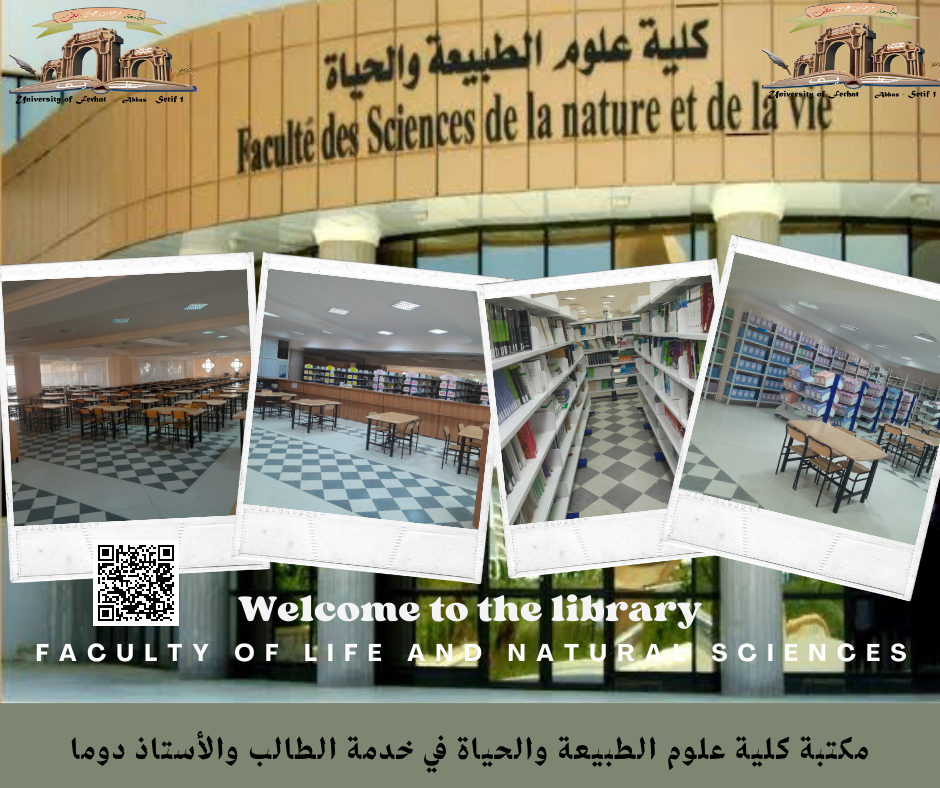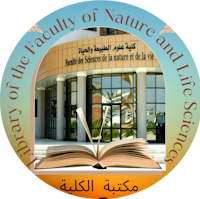Catalogue de la bibliothÃĻque de SNV
A partir de cette page vous pouvez :
| Retourner au premier ÃĐcran avec les catÃĐgories... | Votre compte | Aide |

| Titre : | Evaluation of the antioxidant and anti-inflammatory activity of Styphnolobium japonicum extracts |
| Auteurs : | Amira Lasfer, Auteur ; Imane Maafi, Auteur ; Karima Saffidine, Directeur de thÃĻse |
| Type de document : | document ÃĐlectronique |
| Editeur : | SÃĐtif (AlgÃĐrie) : FacultÃĐ des sciences de la Nature et de la vie, UniversitÃĐ Ferhat Abbas SÃĐtif 1, 2025 |
| ISBN/ISSN/EAN : | MS/2237 |
| Format : | 31 Feuilles |
| Langues: | Français |
| CatÃĐgories : | |
| Mots-clÃĐs: | Polyphenols ; Flavonoids ; Tannins ; Styphnolobium japonicum ; Antioxidant ; Anti-inflammatory. |
| RÃĐsumÃĐ : |
Our work was focused on the determination of the polyphenols and flavonoids and tannins contents, the evaluation of the antioxidant and anti-inflammatory activity of Styphnolobium Japonicum extracts of seeds (CrE: crude extract, EAES: ethyl acetate and AqES: aqueous fractions) and stem bark (EAEB: ethyl acetate and AqEB: aqueous fractions). The results showed that the total polyphenol, flavonoid, and tannin contents ranged from 12.59 to 210.16 mg GAE/g, 3.55 to 9.89 Ξg QE/mg and 2.42 to 11.56 Ξg CE/mg, respectively. The highest amount of these phenolic compounds were obtained for EAES and EAEB. In vitro antioxidant potential of different extracts has been investigated using several methods. EAES possesses the strongest antioxidant capacity in scavenging ABTS and hydrogen peroxide free radicals with an IC50 of 1.19 Âą 0.05 Ξg/mL and 20.21 Âą 0.49 Ξg/mL, respectively; and the highest reducing power activity with EC50 of 13.86 Âą 0.23 Ξg/mL. Whereas, all the extracts have exhibited strong total antioxidant capacity (TAC) and the most effective was EAES with EC50 of 12.61 Âą 0.46 Ξg/mL. Moreover, the anti-inflammatory potential of different extracts was evaluated using the inhibition of albumin denaturation test at a concentration of 2, 1, 0.5 and 0.25 mg/mL. This anti-inflammatory activity was dose-dependent and varied from 10.64 to 91.51%. EAES showed the highest activity with albumin denaturation inhibition of 91.51% at 2 mg/mL which decreased gradually to 54.36% at 0.25 mg/mL, followed by CrES with an inhibition rate ranging from 71.75 to 67.59%. These results demonstrate Styphnolobium Japonicum speciesâ potential as a valuable source of bioactive chemicals with strong antioxidant and anti-inflammatory properties, and support its traditional use in treating various diseases. |
Exemplaires
| Code-barres | Cote | Support | Localisation | Section | DisponibilitÃĐ |
|---|---|---|---|---|---|
| MS/2237 | BAPP/CD257 | DVD et CD | Bibliothèque SNV | Englais | Disponible |

